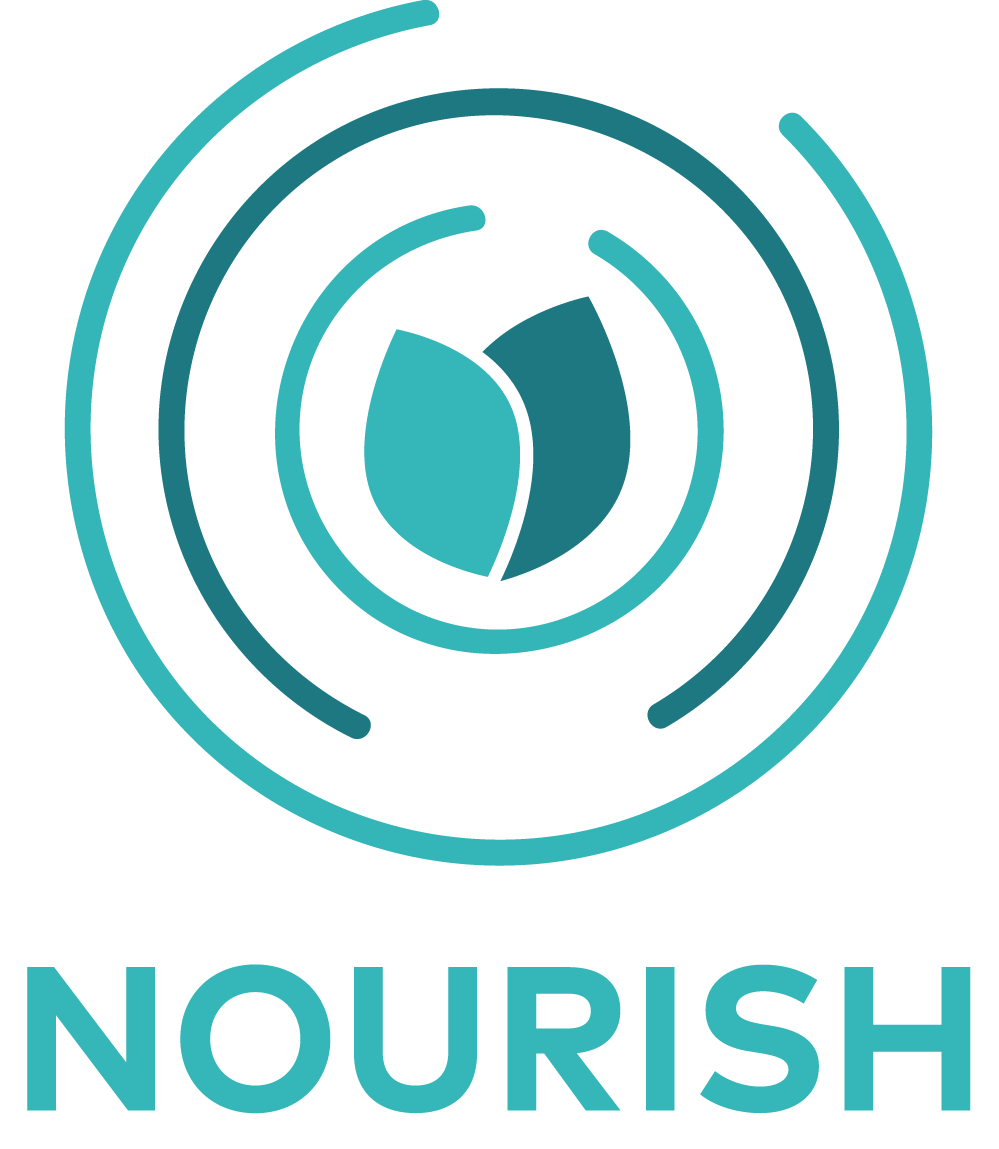Source: Legal Services Society
Year: 2017
In Canada, Aboriginal rights are protected under section 35 of the Constitution. Aboriginal people may also have treaty rights protected under section 35 of the Constitution. The extent of treaty rights depends on the terms of the treaty. They may apply within the entire traditional territory of your Aboriginal community or only within a certain area described in the treaty. Aboriginal rights are practices, traditions, and customs that are unique to each Aboriginal community. Aboriginal rights are based on traditional activities that: • were practised before contact with Europeans (for First Nations and Inuit) or were practised before Europeans took control over the area (for Métis); • are important to the distinct culture of each Aboriginal community; and • have continued to present day (although they can be in modern form — for example, you can hunt with a gun instead of a bow and arrow). Generally, Aboriginal rights only apply within the traditional territory of your Aboriginal community. This means the area where your Aboriginal ancestors lived. Aboriginal rights are held by:
First Nations, including status and non-status Indians,
Inuit, and
Métis.


